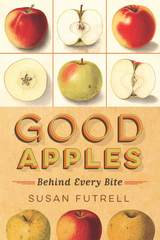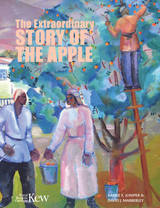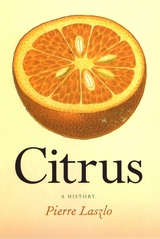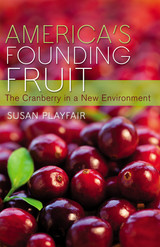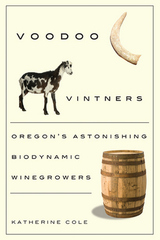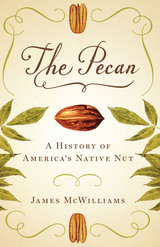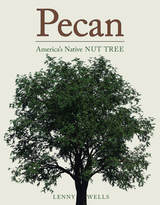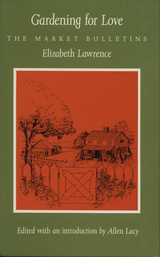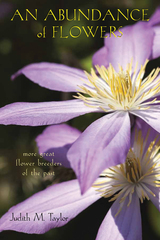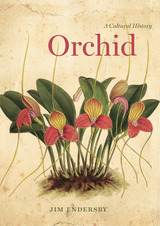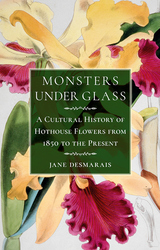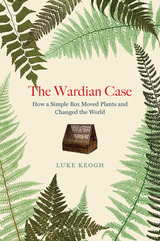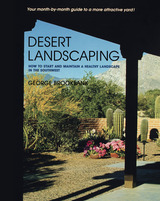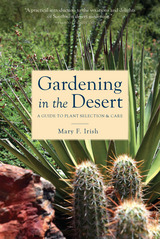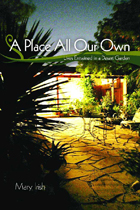How did the gardens of Europe and America evolve to look the way they do? A botanist, biologist, nurseryman, and former London Sunday Times gardening columnist, Stuart traces the history of the modern garden—from the Ottoman Empire to the Dutch tulip craze to tomorrow’s hybrids—in a profusely illustrated volume that could be enhanced only by the perfume of its subjects.
-- The Atlantic
David Stuart, a botanist, offers a rich historical account of European plant collecting dating back to the 16th century. He suggests that modern garden design evolved from the desire to showcase collected specimens and their resulting hybrids.
-- Julia Lewis House and Garden Magazine
If you ever wondered why the Dutch have tulip mania or why people have a passion for flowers at all, then Stuart’s history of gardening will help you understand. Beginning in the Renaissance, Stuart examines how Europeans began to gather exotic flowers on their travels—even pirates went on quests to gather plants. By the middle of the 18th century, flowers invaded the all-green gardens that prevailed at the time. Stuart traces the making of the modern garden through a rich blend of stories of plant collectors who were ultimately responsible for colonizing species around the world.
-- Science News
The Plants That Shaped Our Gardens by David Stuart, is a mingling of history, plant hunters, the plants they collected and how the appearance of gardens evolved according to the exotic material that was in demand… Stuart follows the development of new features such as flower beds and herbaceous borders, which resulted when plant breeders tinkered with genes, developing new colors and shapes for flowers. Stuart believes plant prospecting is necessary today to preserve species that are disappearing in the wild.
-- Suzanne Hively Cleveland Plain Dealer
Books make great gifts for gardeners. Even when it’s freezing outside, they hold out the promise of lush landscapes, as I was reminded when I read the introduction of The Plants That Shaped Our Gardens… [This book] tells the story of how our gardens came to look the way they do, and how the plants we grow migrated around the world—with the help of plant hunters and collectors. It’s an exciting tale, ranging from pre-colonial America to the Turkish Empire, and filled with wild adventures, strange characters and extraordinary plants.
-- Denise Cowie Philadelphia Inquirer
A banana tree grows in England. A palm in Paris. A tulip in New England. In 2002, not many of us give a second thought to how—or why—those plants got so far from home. But David Stuart does, and the result reads like a fast-paced mystery. From the court of Constantinople to the trail of Lewis and Clark, Stuart dives into the history of how gardens came to look as they do. Sound dry and boring? Hardly. Unknotting the stems of history, Stuart tells how early travelers changed the course of horticulture, even evolution. As travel became easier, smitten plant collectors continued the trend of carrying plants thousands of miles from their native environment. Stuart manages to find provocative tidbits and the people who shaped modern horticulture. It’s a great read.
-- Kym Pokorny Portland Oregonian
The world of horticulture is not usually known for its charismatic characters, but Stuart’s genius lies in breathing life into historical figures whose astounding passion for plants makes for compelling reading… Stuart acknowledges the contributions of intrepid botanists and horticulturists, sharing the bizarre as well as the biographical… Stuart digs deep to provide arcane historical background, making this meticulously researched and engagingly written treatise a must-read for ardent gardeners who want to know more about the plants that obsess them so.
-- Carol Haggas Booklist
Botanist and biologist Stuart…here chronicles the efforts of a small number of botanists and plant collectors to retrieve exotic plants for their own gardens and the consequences for generations of professional and amateur gardeners in Europe and then America… Stuart highlights the most colorful aspects of plant collection—the triumphs and tragedies, the rivalries and jealousies, and even the role that politics played… The text is gorgeously and generously illustrated throughout. While a pleasant read for the casual gardener or plant enthusiast, this volume will be a meeting of the souls for true plant lovers. Highly recommended.
-- Marianne Stowell Library Journal
Filled with exciting plates reproducing images from centuries of botanical and horticultural literature… The Plants That Shaped Our Gardens offers the reader an adventure story of a different type. Here David Stuart gives us the history of how plants we now consider essential parts of our gardens were brought from distant and exotic locales… The Plants That Shaped Our Gardens should be of interest to any gardener who might well wonder where the beautiful hydrangea shrub originated. Now you can read the adventures of Philipp Franz Balthasar von Siebold and be grateful for his pioneering spirit.
-- Joan Richards, Chicago Botanic Garden

